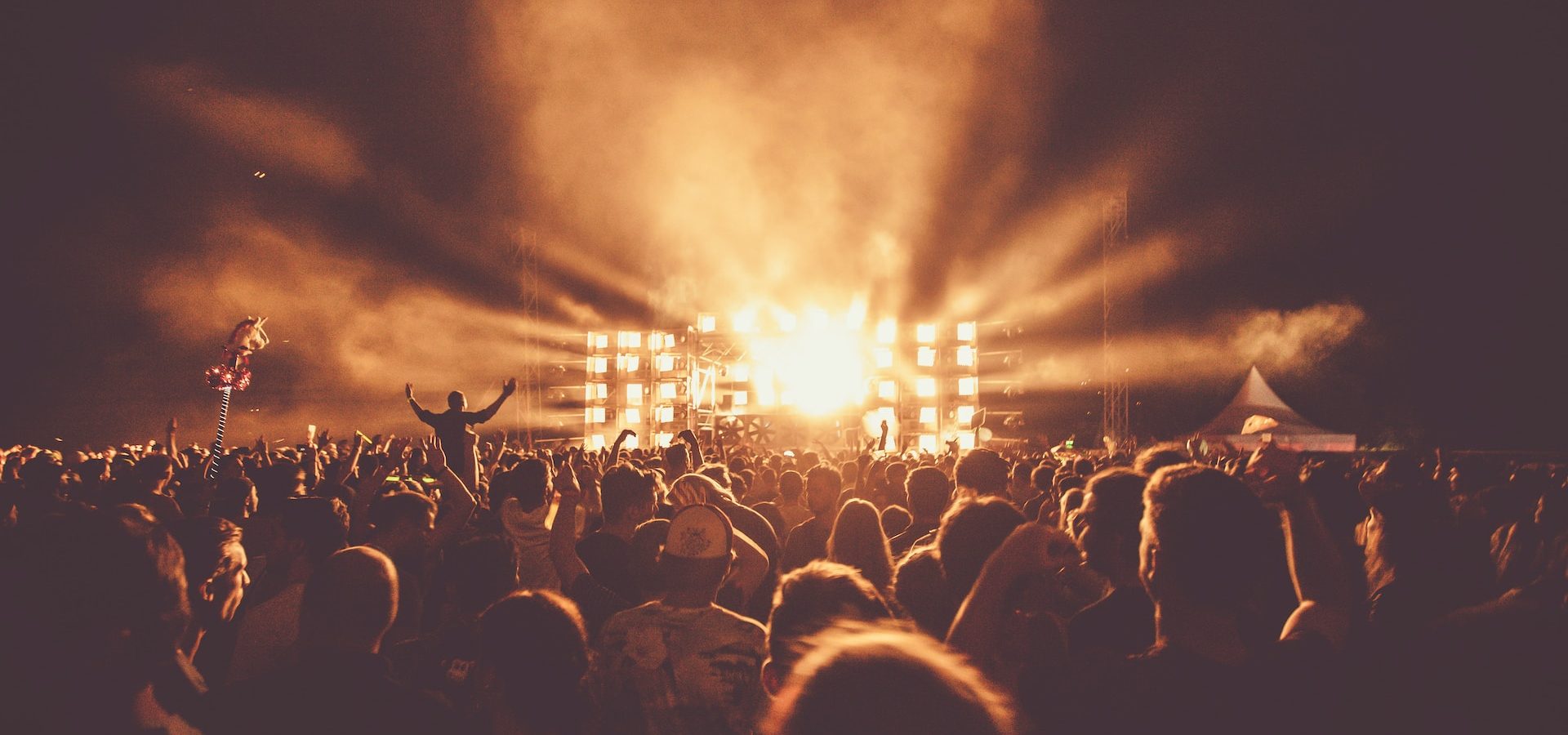Menu

Live concerts are a popular form of entertainment millions worldwide enjoy. Music lovers flock to concerts to see their favourite artists perform live, experience the crowd’s energy, and enjoy the moment’s thrill. However, attending live concerts may have a downside that many people are unaware of – the potential risk of hearing damage.
Hearing damage can be temporary or permanent and significantly impact a person’s quality of life. It can affect your ability to communicate, listen to music, and even perform everyday tasks. Therefore, it is essential to understand the risks associated with attending loud concerts and taking steps to protect your hearing. Read on to learn more about the dangers of attending loud concerts and how you can protect your ears.
How Can Loud Concerts Be?
Live concerts are known for their high energy, loud music, and screaming crowds. The sound levels at concerts can range from 85 decibels (dB) to 120 dB or even higher. To put this into context, 85 dB is equivalent to the sound of heavy traffic, while 120 dB is equivalent to the sound of a jet engine or a shotgun blast.
The loudness of concerts can vary depending on the type of music, venue, and sound system used. However, regardless of the specific factors, it is clear that live concerts can be incredibly loud and potentially harmful to hearing.
The Potential Risks to Hearing
Exposure to loud sounds can damage the hair cells in the inner ear, leading to hearing loss or tinnitus (ringing in the ears). The risk of hearing damage is directly related to the intensity and duration of the sound exposure. While temporary hearing damage may recover within a few hours or days, prolonged exposure to loud noise can cause permanent hearing loss.
In addition to hearing damage, exposure to loud sounds can cause other symptoms, such as dizziness, headaches, and fatigue. Therefore, it is crucial to be aware of the potential risks and take steps to protect your hearing when attending live concerts.
Different Types of Hearing Damage That Can Occur
Two types of hearing damage can occur due to exposure to loud noise at live concerts: temporary threshold shift (TTS) and permanent threshold shift (PTS).
Temporary threshold shift refers to a temporary reduction in hearing sensitivity that typically recovers within a few hours or days after exposure to loud noise. However, repeated exposure to loud noise can lead to a permanent threshold shift and a permanent reduction in hearing sensitivity. PTS typically occurs in the high-frequency range, making hearing speech and other important sounds difficult.
In addition to TTS and PTS, exposure to loud noise can also cause tinnitus, a ringing, buzzing, or hissing sound in the ears that can be temporary or permanent.
Tips for Enjoying Live Music While Minimizing the Risk of Hearing Damage
There are several tips for enjoying live music while minimizing the risk of hearing damage. First, it is important to be aware of the sound levels and duration of exposure. If you know a concert will be particularly loud, consider wearing earplugs.
Second, try to position yourself away from the speakers or other sources of loud noise. This can help to reduce overall sound exposure and minimize the risk of hearing damage.
Finally, take breaks from the loud noise and give your ears time to rest and recover. If you attend multiple concerts or music events, try to spread them out over time to give your ears a break in between.
Conclusion
Hearing is a precious commodity, and we must take steps to protect it. When attending loud concerts, taking steps to protect your hearing is important. You must take breaks from the music and wear earplugs to prevent damage.
If you are concerned about your hearing, visit an audiologist in Chilliwack. Fraser Valley Beltone provides hearing tests, expert solutions for any loss, and more to help you hear better! Book an appointment with us today!
Share Post
Facebook
Twitter
LinkedIn
Email
Reddit
Pinterest
